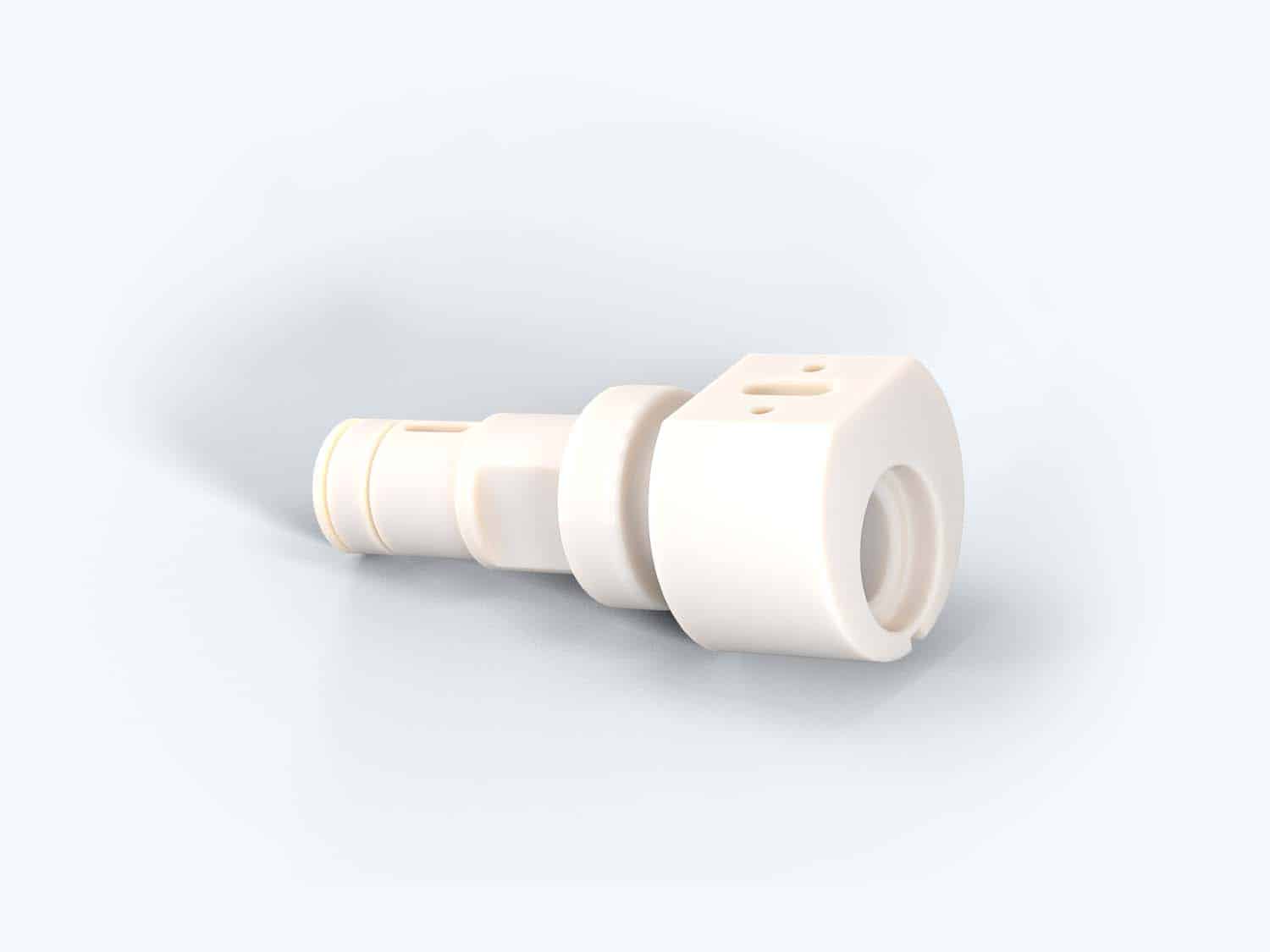TROBS BASIS FOR EFFICIENCY
We combine our services and processes under one roof.
We rely on cross-process know-how and the best materials and develop individual production processes according to your needs and ideas.
Links
Milling
General information
Milling removes material from the blank by rotating the milling tool around its axis at high speed and removing chips. Milling is particularly suitable for the production of components with multi-sided machining.
We use the Hypermill CAM software to create all the programmes for our milling machines. Even the most complex products can be programmed and produced without significant complications.
Machines and specifications
- Yasda YMC450 - Working area: 440x325x250 mm
- Yasda PX30i - working area: 680x400x500 mm
- Alzmetall GS 650/5-T - Working range: 650x650x500 mm
- Posmill CE1000 - Working area: 580x710x1030 mm

Grinding
General information
Grinding is used for fine and finish machining of workpieces with geometrically indeterminate cutting edges, for example, through the boundaries of tiny mineral crystals in the grinding tool. In this way, it is also possible to machine rigid materials such as hard metal or ceramics.
We distinguish between three areas here: External and internal cylindrical grinding, surface grinding and profile grinding.
Internal cylindrical grinding
- Overbeck IRD 400 Working range: Length: 120mm / Max inner-Ø: 150 mm / Max outer-Ø: 230 mm (on this machine additional out-of-round grinding is possible)
- Overbeck 250 - Smallest inner Ø: approx. 1 mm
- Overbeck 350 - Smallest inner Ø: approx. 1 mm
- Tolerances: concentricity & roundness tolerances of up to 0.001 mm possible
External cylindrical grinding
- Studer S40 - Working range: Length: 500 mm / Max-Ø: 230 mm
- Studer S41 - Working range: Length: 900 mm / Max-Ø: 420 mm (non-circular grinding can also be carried out on this machine)
- Tolerances: concentricity, roundness and Ø tolerances of up to 0.001 mm possible
Surface grinding
- Okamoto large: 300x600x440 mm
- Amada Master G3 UP: 200x550x350 mm
- G+H F415: 185x400x175 mm
- G+H FS525: 235x500x230 mm
- Jung JA500: 200x500x240 mm
- Jung JE525P: 160x500x240 mm
- Tolerances: up to 0.002 mm
Profile grinding
- Stroke length: maximum 155 mm
- Clamping possibilities: Round fixture, dividing attachment, between centres, vice
- Tolerances: up to 0.002 mm
- Number of machines: 6 pieces
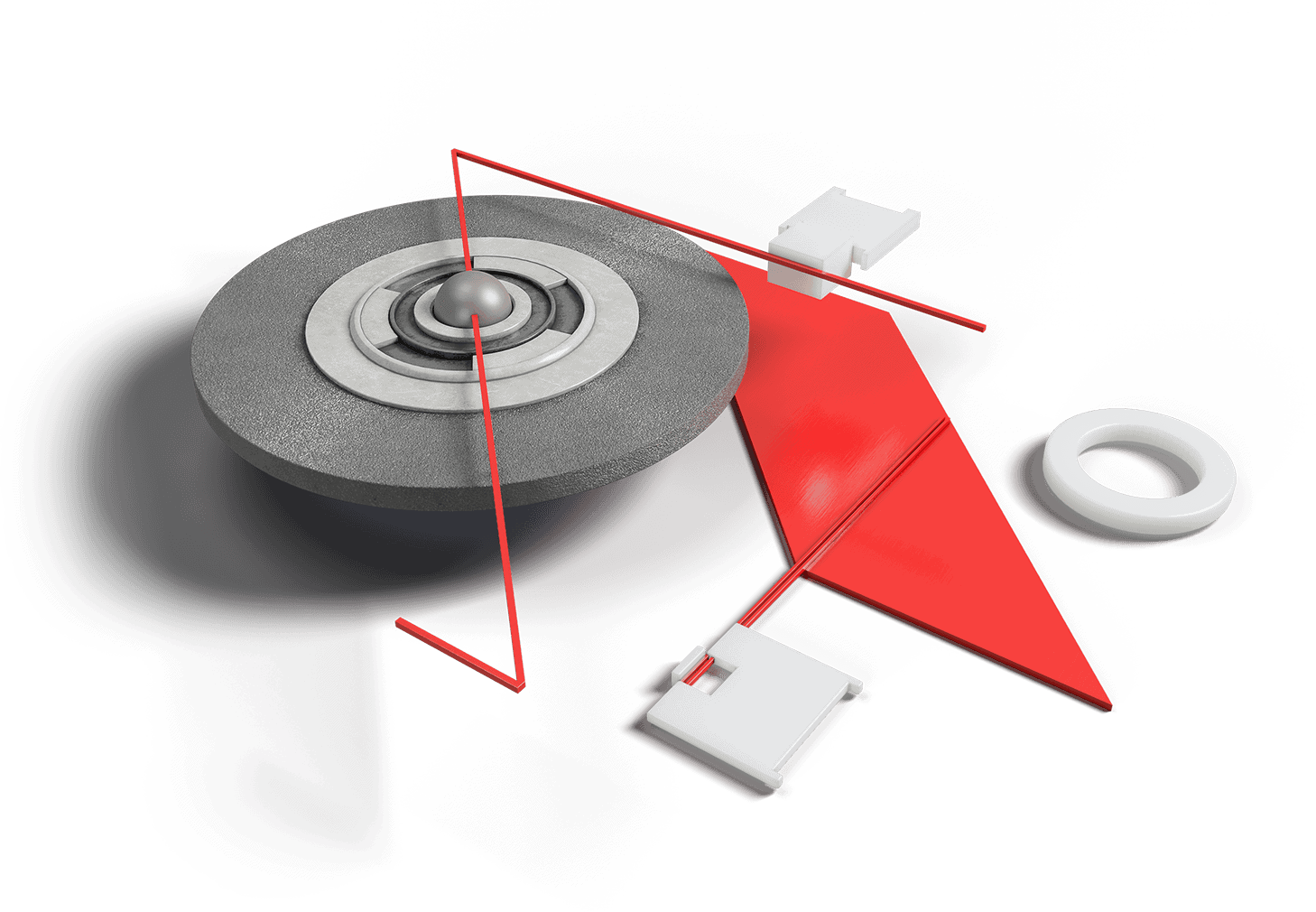
Eroding
General information
Erosion is used to machine rigid and soft materials. Erosion can realise the most complicated geometries.
Erosion is carried out by removing conductive material with an electrode through electrothermal discharge processes. In this way, the most complicated geometries can be produced with the highest precision and materials that are difficult or impossible to machine, such as hard metal, can be machined.
Start hole EDM
- River 600 - Working area: 600x400x360 mm
- Agema AS 320 - Working area: 300x200x250 mm
- Tolerances: up to 0.04 mm
Wire EDM
- Mitsubishi MP2400 - Working area: 400x600x310 mm
- Mitsubishi MP1200 - Working range: 300x400x220 mm
- Fanuc Robocut - Working area: 320x220x180 mm
- Tolerances: up to 0.002 mm
Die-sinking EDM
- Sodick AG40 L (2x) - working range: 400x300x270 mm
- Sodick AG60 L - Working area: 600x420x370 mm
- Tolerances: up to 0.003 mm
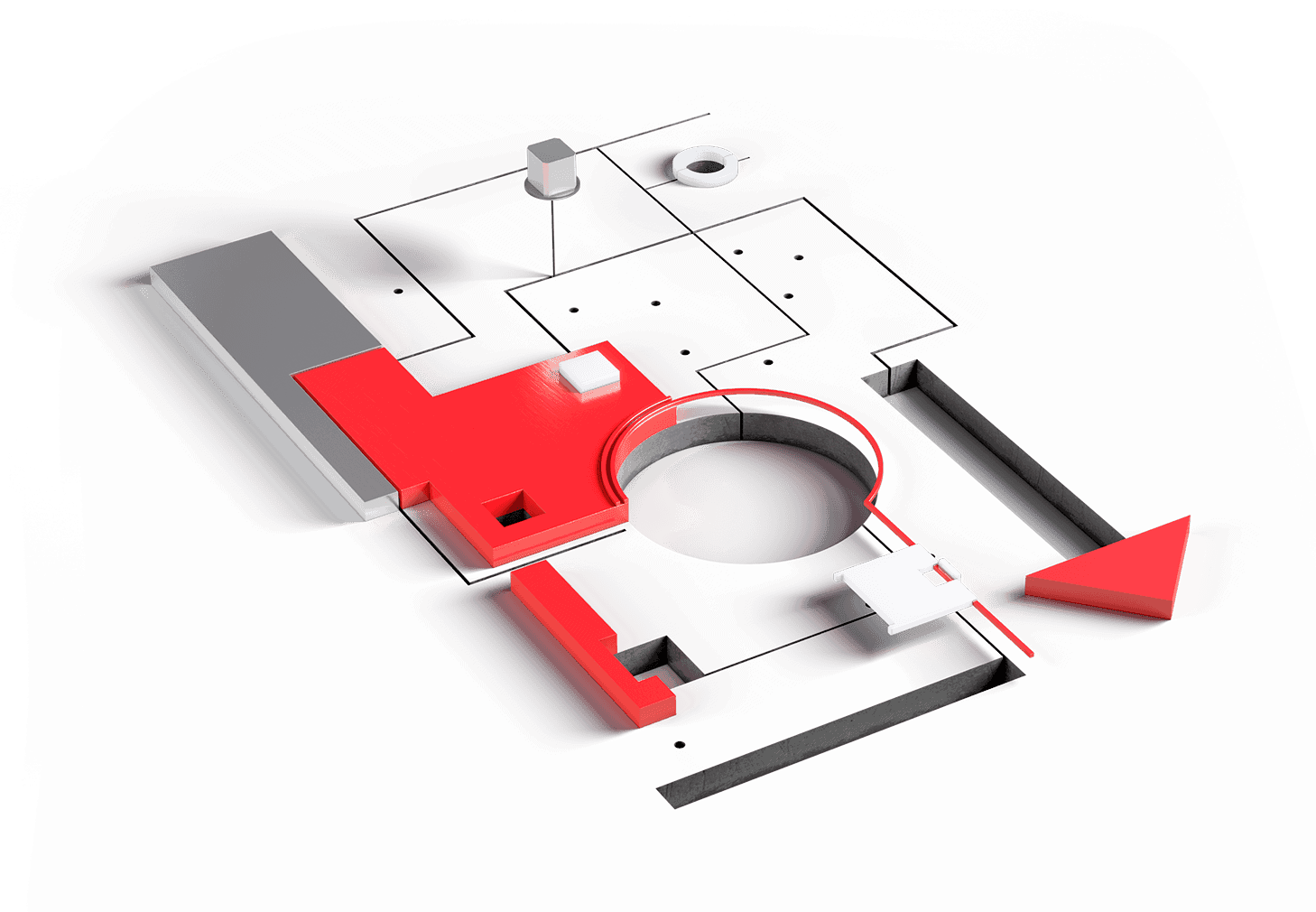
Turn
General information
Unlike milling, in turning, the workpiece rotates around its axis while the tool traverses the contour to be produced. Therefore, the process is suitable for making rotationally symmetrical parts such as shafts, axles or screws.
With our new precision hard turning machine Hembrug - Mikroturn 100, we were able to relieve our cylindrical grinding department and adapt our turning shop to the precision level of the remaining departments.
Machines and specifications
- Hembrug Mikroturn 100 - Maximum outer diameter: 250 mm / Maximum length: 300 mm
- Mori Seiki NL2000Y - Maximum outside diameter: 260 mm / Maximum length: 500 mm
- Mori Seiki SL15MC-252 - Maximum outside diameter: 150 mm / Maximum length: 450 mm
- Concentricity, roundness tolerances of up to less than 0.001 mm and Ø tolerances of up to 0.002 mm possible
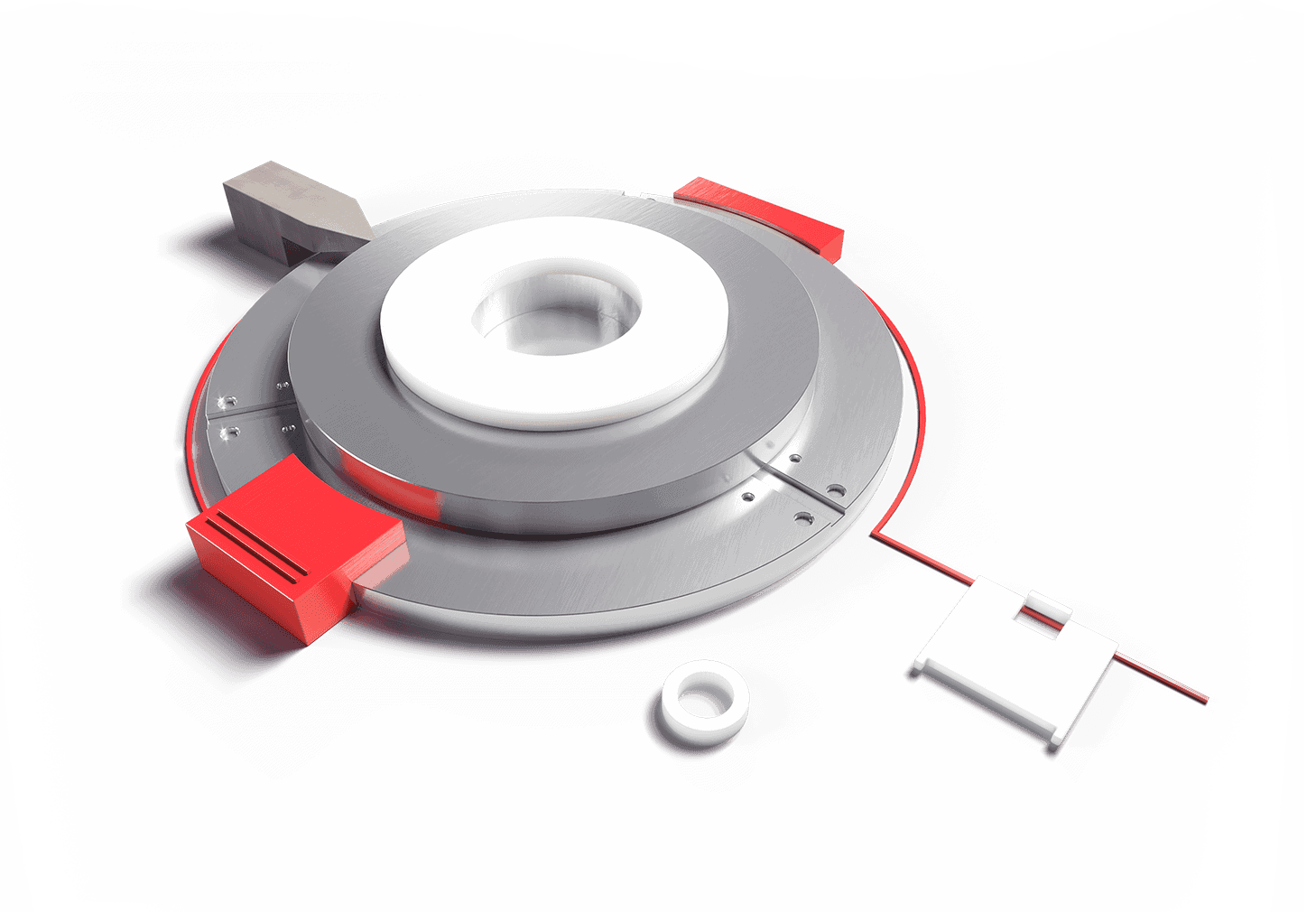
Metrology
Quality assurance
Only components that have passed through our strict quality assurance leave our factory. In addition, we control parts during manufacturing with intermediate checks accompanying production after each work step.
Thanks to state-of-the-art measurement technology and our expert measurement technicians, we can keep our promise of quality every day. However, our customers do not have to rely on our word alone: All measurement results are, of course, documented precisely and comprehensibly for the customer upon request.
Specifications
- Mitutoyo Crysta Apex S 3D Measuring Machine
- Mitutoyo C-4500 Conturograph
- Mitutoyo Quickscope vision measuring instruments
- Schneider Measuring Projectors
- Z-Mike Laser Micrometer
- Spreader concentricity tester
- Roughness testers
- Hardness tester
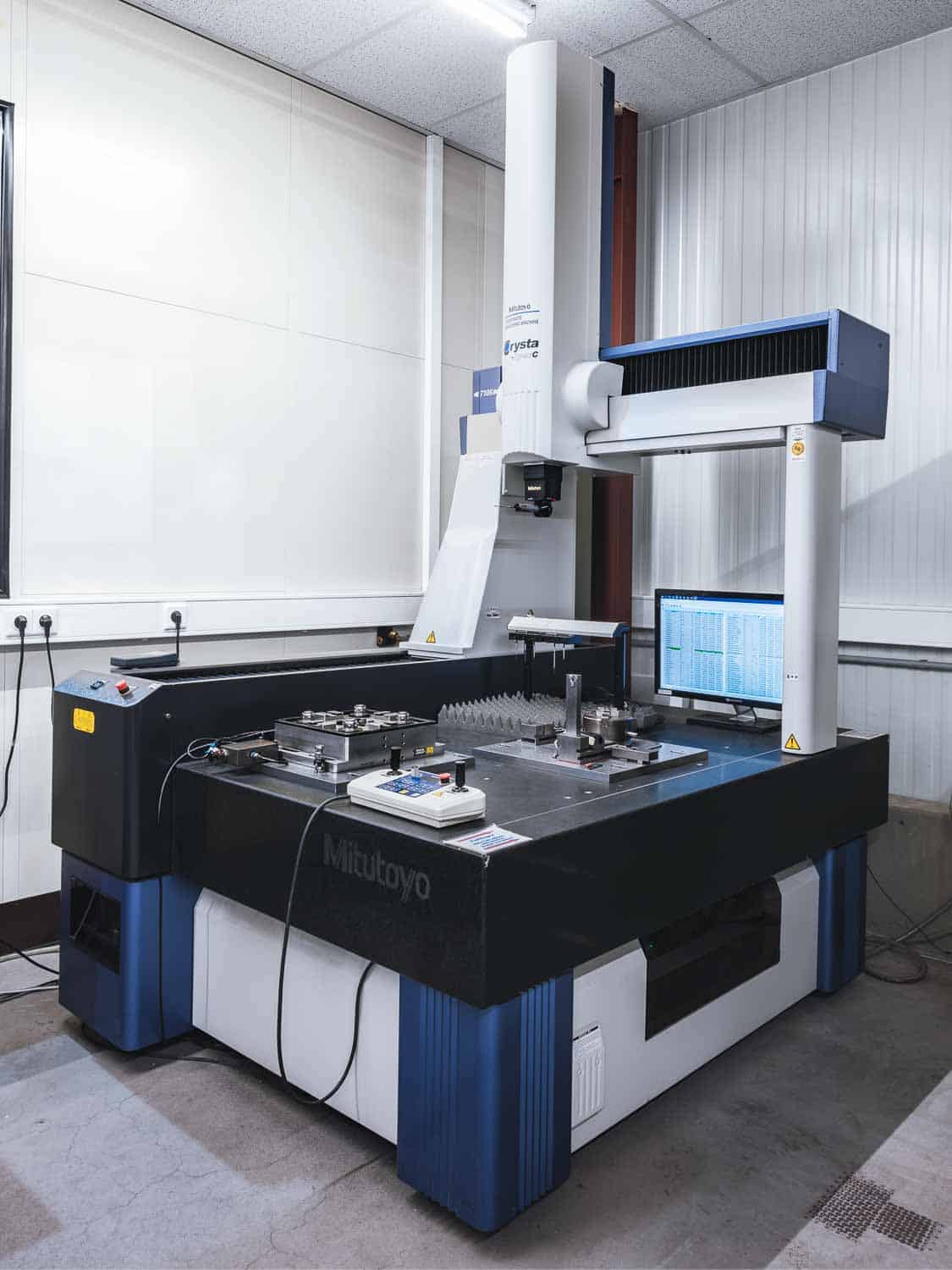
"Our certification requires excellent training of the staff. The top priority is that only parts leave the house that fully meets the customers' requirements."
Peter Kern, Production Manager
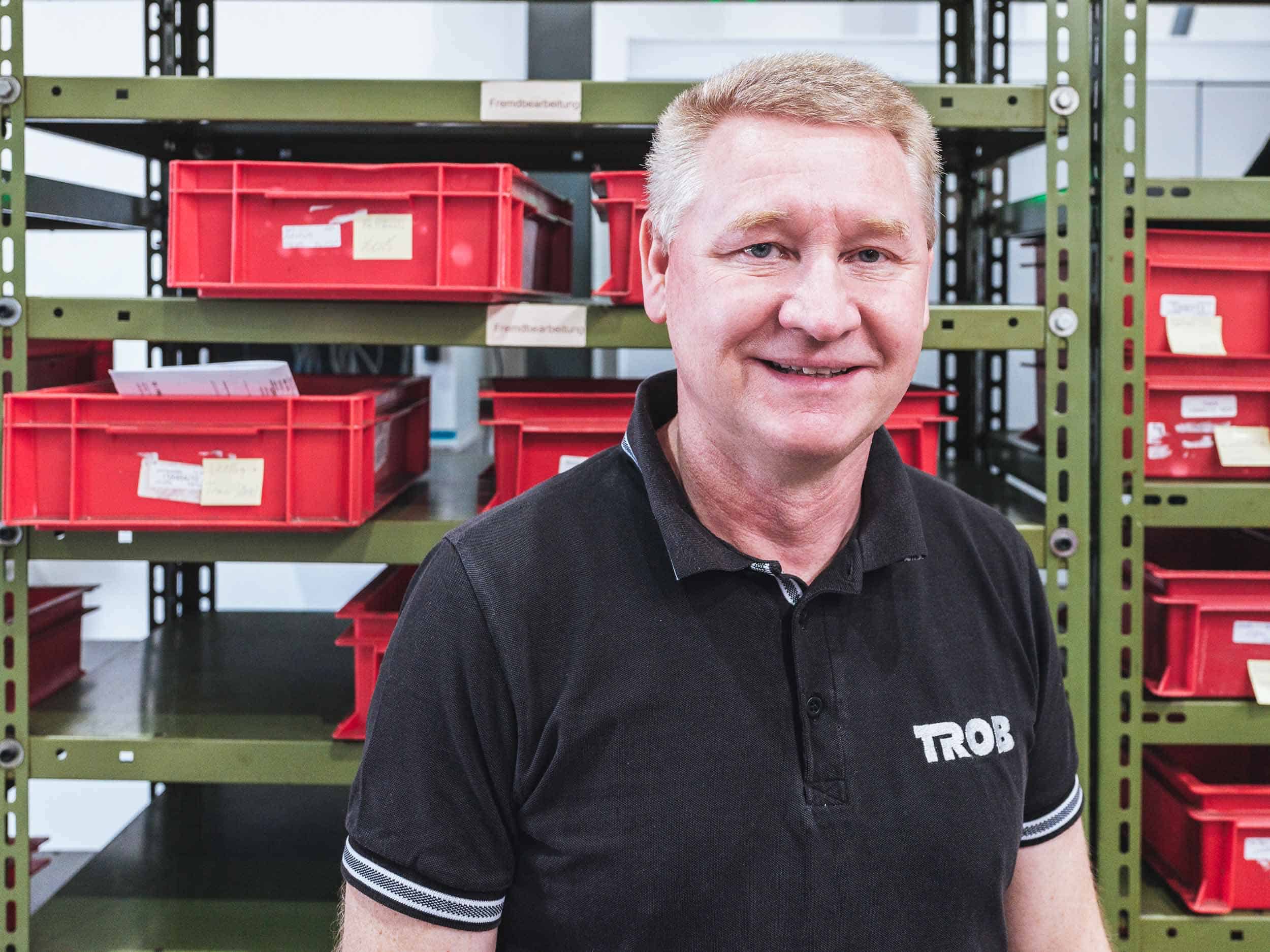
The material does it!
The materials' quality is crucial, so we purchase our materials exclusively from leading manufacturers - with different qualities and degrees of hardness according to customer requirements. The choice of the correct grade depends not least on the wear to which the component to be produced will be subjected at its later "place of use".
Carbide
The material
We can machine any carbide, regardless of its composition. As a powder metallurgical composite of carbides and binder metals, carbide has excellent capabilities such as extreme hardness, high toughness and high resistance to mechanical, thermal and abrasive wear.
Tungsten (WC) is usually used as a rigid material (carbide). The choice of the appropriate binder material (cobalt or nickel) and the addition of other metallic substances such as chromium influence the material in terms of its corrosion resistance.
By choosing the binder content and grain size, properties such as hardness and toughness can be influenced to design a component for the application optimally. Due to these favourable properties, carbide is often used for turning and milling tools and stamping and forming technology.
More information
- Product: A fine blanking punch with high hardness and complex contour punches the minor components out of a metal foil, for example, in electrical engineering.
- Material: Fine consort with an 8-10 per cent cobalt binder content.
- Machines: We used the Jung surface grinding machine JA 520, the optical profile grinding machine Wasino GLS 150 GT, the start-hole eroding machine River600 and the wire eroding machine Mitsubishi MP1200.
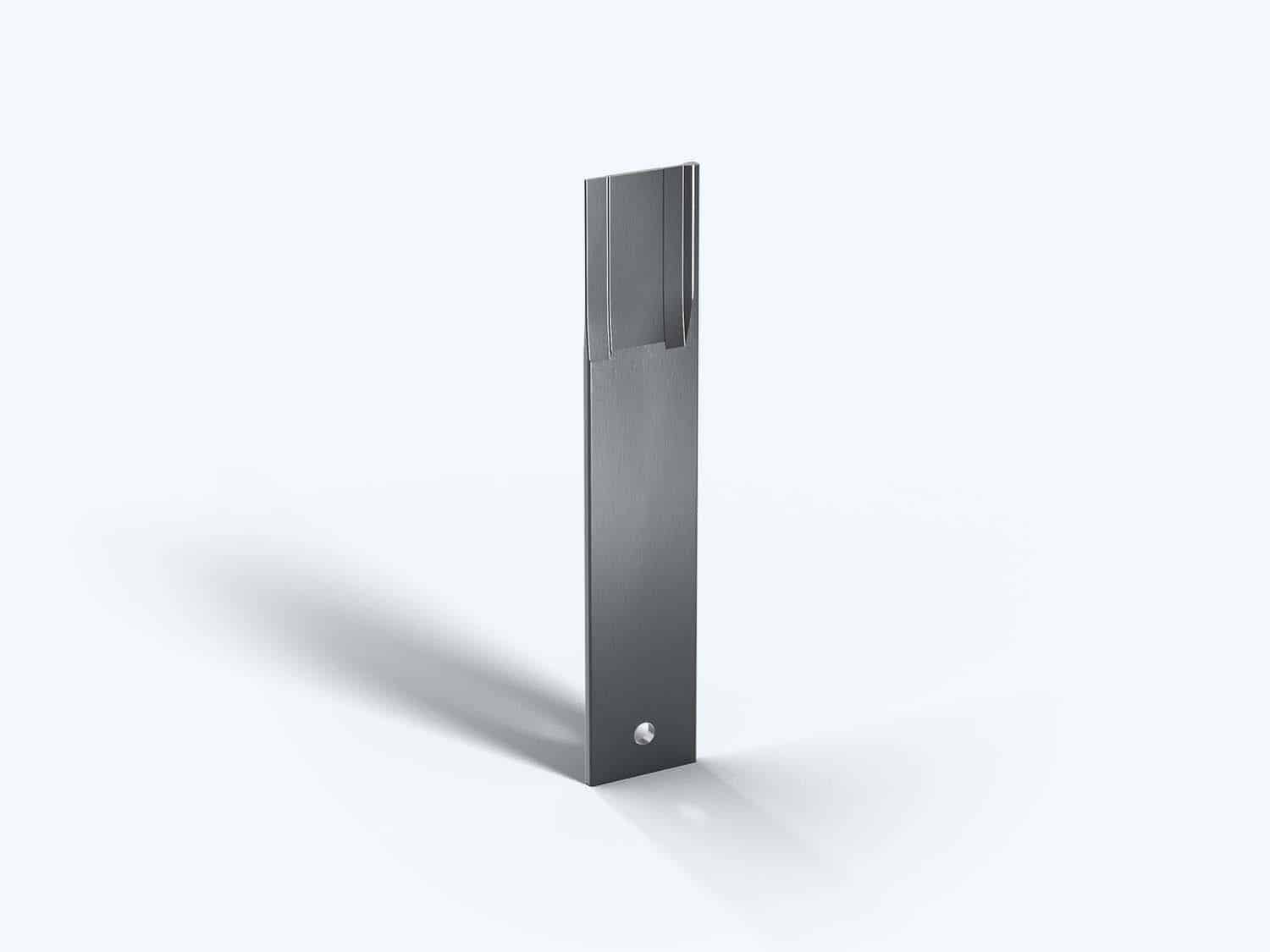
Ceramics
The material
This material offers unique properties such as extreme heat and wear resistance. It is also non-conductive and is increasingly used in toolmaking, mechanical engineering and the electrical industry. Ceramics are also frequently used wherever exceptional purity is required from the materials used - such as in the food industry and medical technology.
For this material, too, there is a wide variety of types that we can process. These include oxide ceramics such as aluminium oxide (Al2O3) and zirconium oxide (ZrO2), non-oxide ceramics such as silicon nitride ceramics (Si3N4) and silicon carbide ceramics (SiSIC /SSiC) as well as particular types such as cermet and macor.
More information
- Product: A pair of grippers for handling medical components.
- Material: zirconia ceramic.
- Machines: We used the Jung surface grinding machine JA 520, the optical profile grinding machine Wasino GLS 150 GT and our hard milling machine YASDA YMC 430.

Powder Metallurgical Steels, Tool Steels & Co.
The material
There is no way around steel as the great classic among materials. We process all standard tool steels up to titanium and difficult-to-machine special steels such as ferro-titanite. Powder-metallurgical steels are also being used more and more frequently in toolmaking.
Compared to steels produced conventionally, these steels have a more homogeneous structure - they are free of inclusions and thus meet the highest requirements for wear resistance, toughness and compressive strength. In addition, much higher hardnesses of up to 70 HRC can usually be achieved.
In terms of base metals, our processing spectrum ranges from structural steels, nitriding and case hardening steels to classic tool steels such as 1.2379 and 1.2842 and high-speed steels (HSS = High-Speed Steel).
More information
- Product: One ejector - for ejecting punched parts.
- Material: Powder metallurgical steel.
- Machines: We used the following devices for this: the NP200 lathe, the HSC55 milling machine, the Jung JA 520 surface grinding machine, the Danobat-Overbeck IRD 400 internal cylindrical grinding machine, the Mitsubishi MP2400 wire eroding machine, the Wasino GLS 150 GT optical profile grinding machine and the Yasda YMC430 hard milling machine.
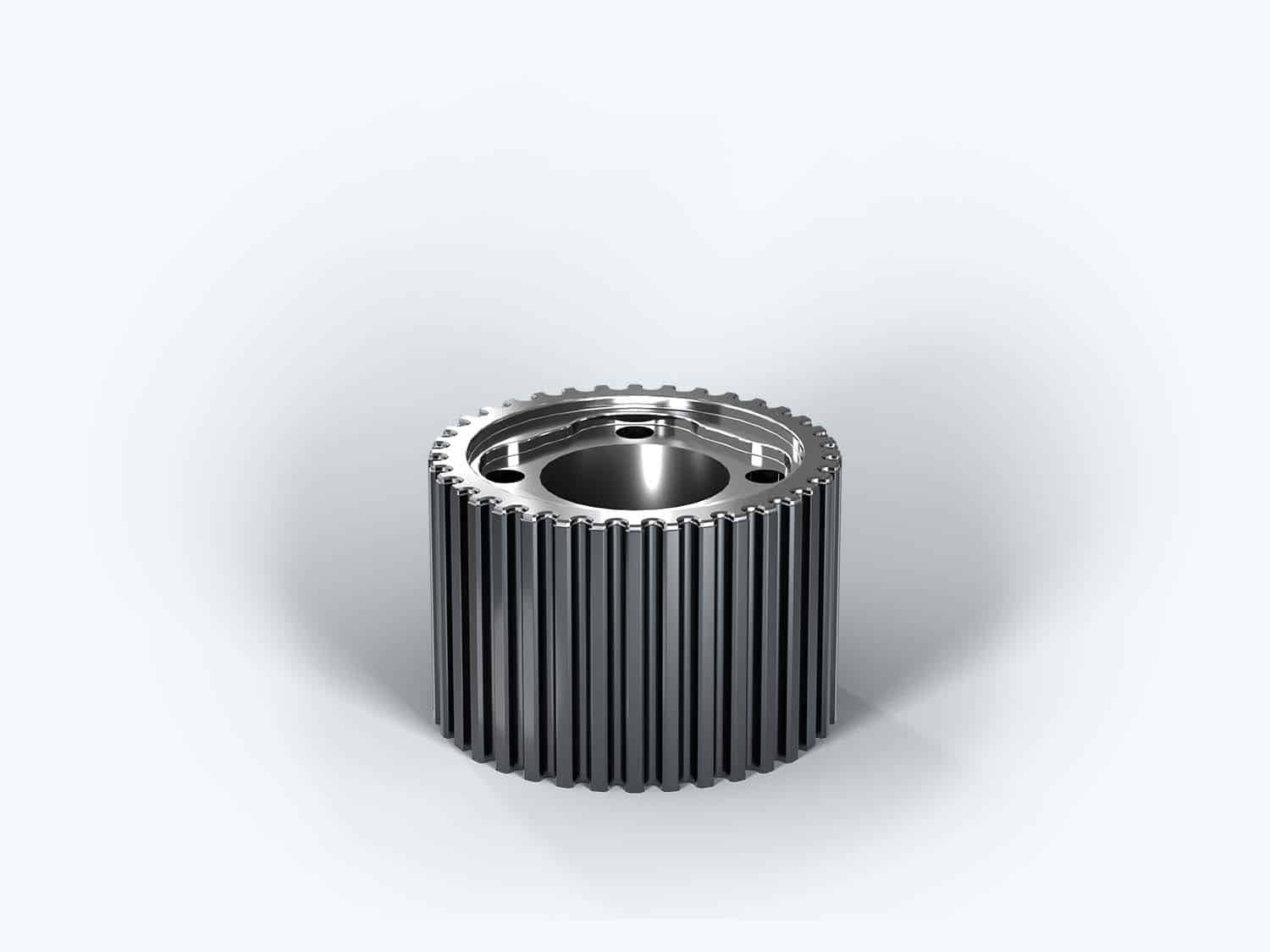
Non-ferrous metals
The material
Non-ferrous metals such as aluminium, copper, bronze and brass are also part of our portfolio. Among the various materials, they stand out due to their remarkably versatile applicability in the entire field of mechanical engineering.
Aluminium shines particularly brightly in this respect. This is because the most commonly used non-ferrous metal is always favoured when low weight is required, and the manufactured part is only subject to low wear.
More information
- Product: An enclosure for special machine construction that is highly stable despite its lightness.
- Material: aluminium.
- Machines: We used the DMG HSC 55 milling machine, the MP2400 wire-cut EDM machine and the Sodick AG40 die-sinking EDM machine.

Plastic
The material
In addition to metals and ceramics, plastics are also used in many branches of industry. What makes them particularly interesting is their wide range of technical properties, such as their antistatic effect, good printability or low flammability, partly due to the admixture of additives.
These properties are interesting for medical technology, aviation, the food industry, electrical engineering and many more. The most common plastics include PA (polyamides), PEEK (polyetheretherketone), POM (polyoxymethylene) and PVC (polyvinylchloride).
More information
- Product: An eccentric shaft for mechanical engineering can convert rotational movements into translational movements and vice versa.
- Material: Lauramide.
- Machines: The NL2000 lathe, the Hembrug Mikroturn 100 lathe and the Deckel HSC55 milling machine were used.
